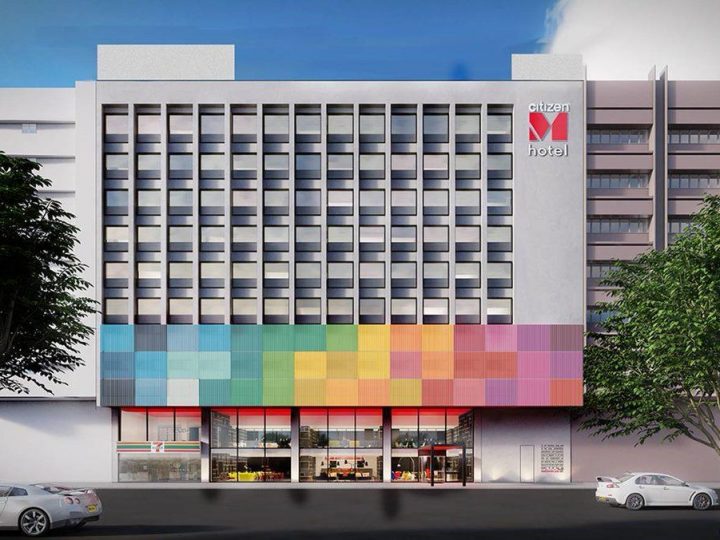REVIEW: Light Painting Has Never Been Easier With The Olympus OM-D Camera!
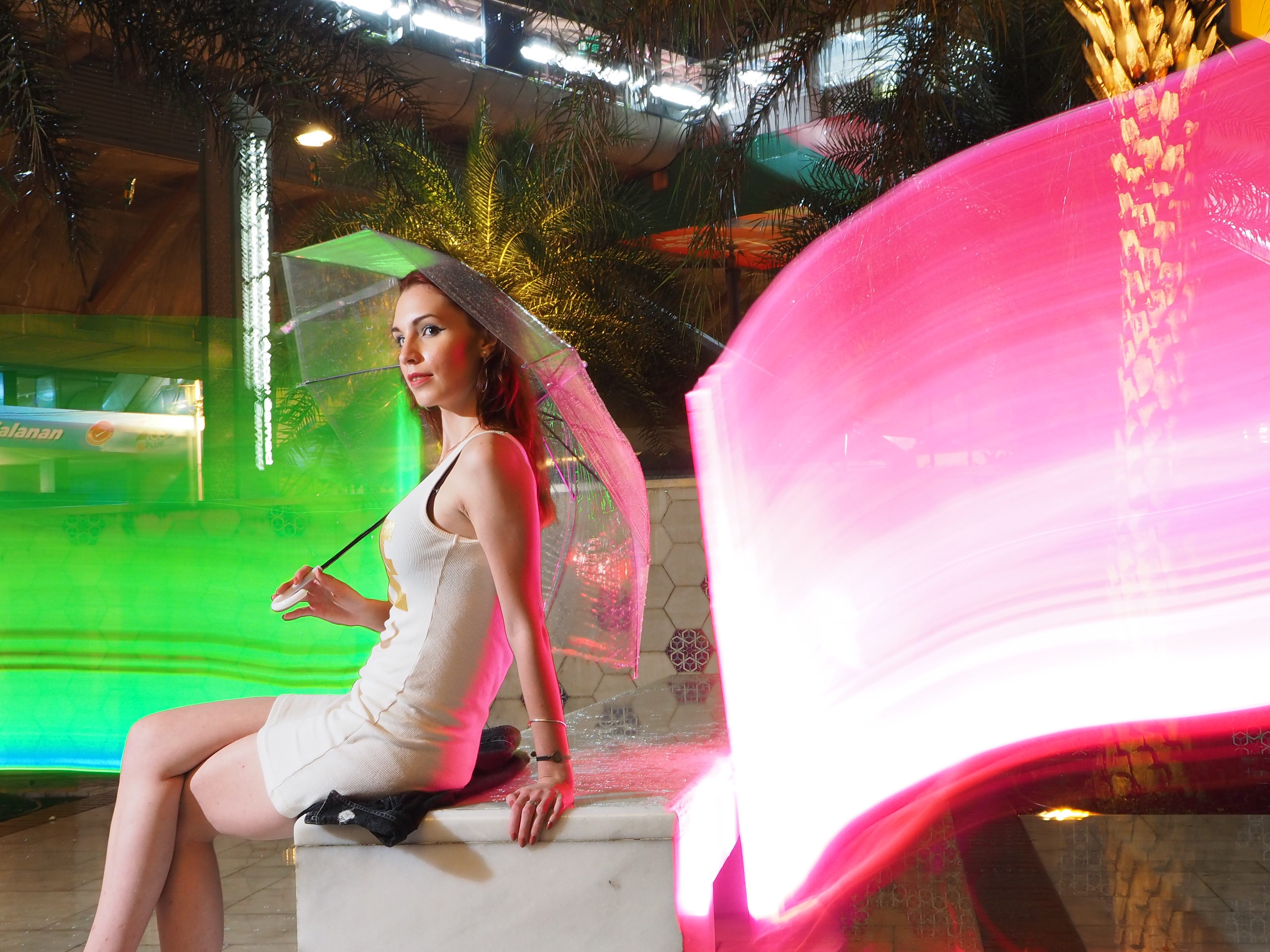 Thirsty for JUICE content? Quench your cravings on our Instagram, TikTok and WhatsApp
Thirsty for JUICE content? Quench your cravings on our Instagram, TikTok and WhatsApp
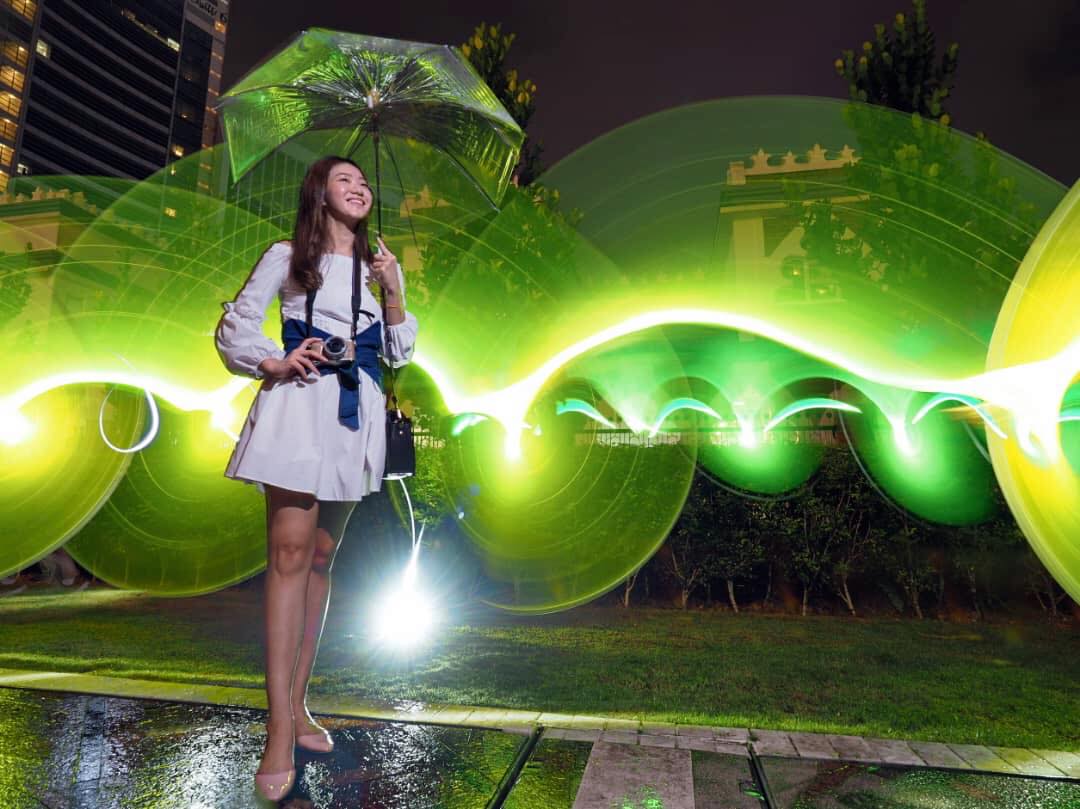
In the past, I remember scrolling through Tumblr and being impressed by pictures of all these cool kids doing light painting photography with their friends. There’s just something special about casually hanging out and creating these surreal photos to immortalise our memories of the night.
Light painting is a creative form of photography where by using a light source as a drawing tool, we get to ‘paint’ across the frame. So imagine all the ‘drawings’ that you and your friends can come up with.
As I said, I’ve always wanted to recreate those images but as someone who is not that power in photography, I ended up using one of those app-filters which was okay.. but at some point, it became quite repetitive and boring.
Skip forward a few years, I get to take another shot at light painting photography with an Olympus OM-D camera. I dreaded it at first, ’cause from what I’ve heard of light painting, it could take time, patience and you’d have to learn all these tips and techniques that I sure as hell don’t understand. As a millennial who’s always in a rush, it just seemed inconvenient. Oh boy, was I wrong…
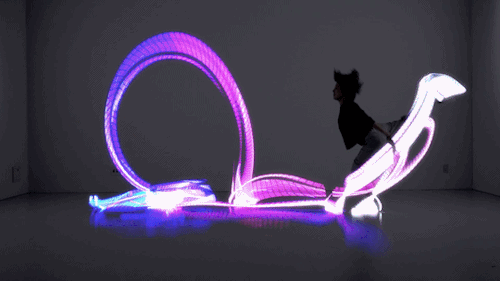
From what I know, one of the key problems with shooting long exposures is that you have to calculate (or guess) what the exposure time should be. With the Olympus OM-D camera in my hands, it basically eliminates that problem with the ‘Live Composite’ feature. It’s perfect for capturing light trails of stars or automobile lamps without the risk of overexposure.
The Olympus OM-D camera is user-friendly, its size is not as massive as a DSLR, and the best part? It has that cool, old-school camera look, as do most Olympus cameras.

Light painting has never been easier because you can assess the results on the back of the camera and shoot again if necessary. In these modes you can see the image build-up on the screen throughout the exposure in real-time. So rather than guessing when the shot is right, you can literally see it.
Obviously, before I went crazy with the camera, I had to learn a few basics, so I attended the light painting workshop hosted by Olympus Malaysia. The workshop was conducted by KS Du, who help us all overcome the challenges of light painting while highlighting the ‘Live Composite’ feature.
We walked along Masjid Jamek’s latest attraction, River Of Life, and captured some stunning images there. All I had to do was set up the tripod, set the camera using the ‘Live Composite’ feature, press the button once as someone “draws” the light and when they’re done, press the same button and.. ta-da! It’s more than Instagram worthy.
Check out some of the pics we took that night:
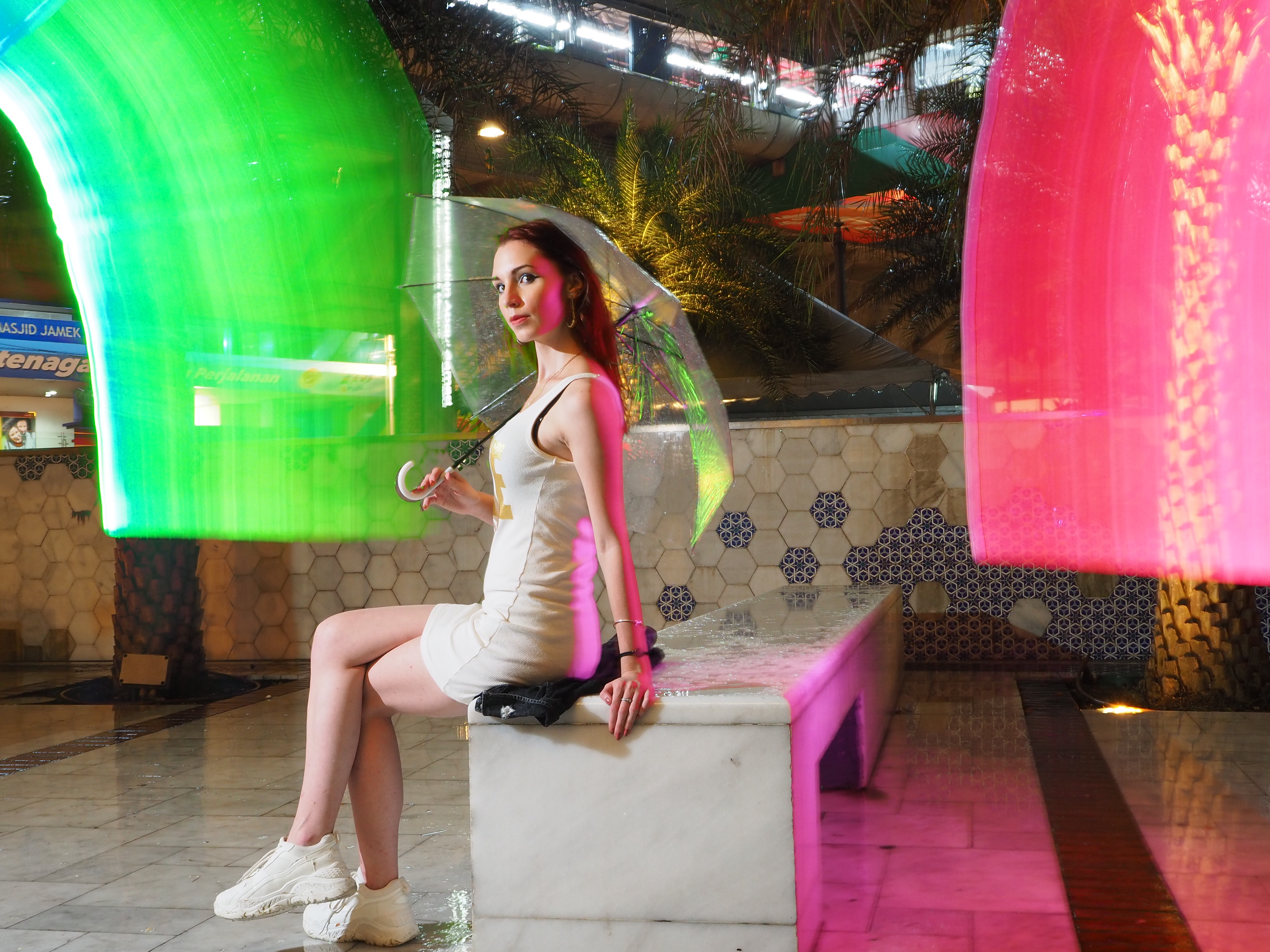
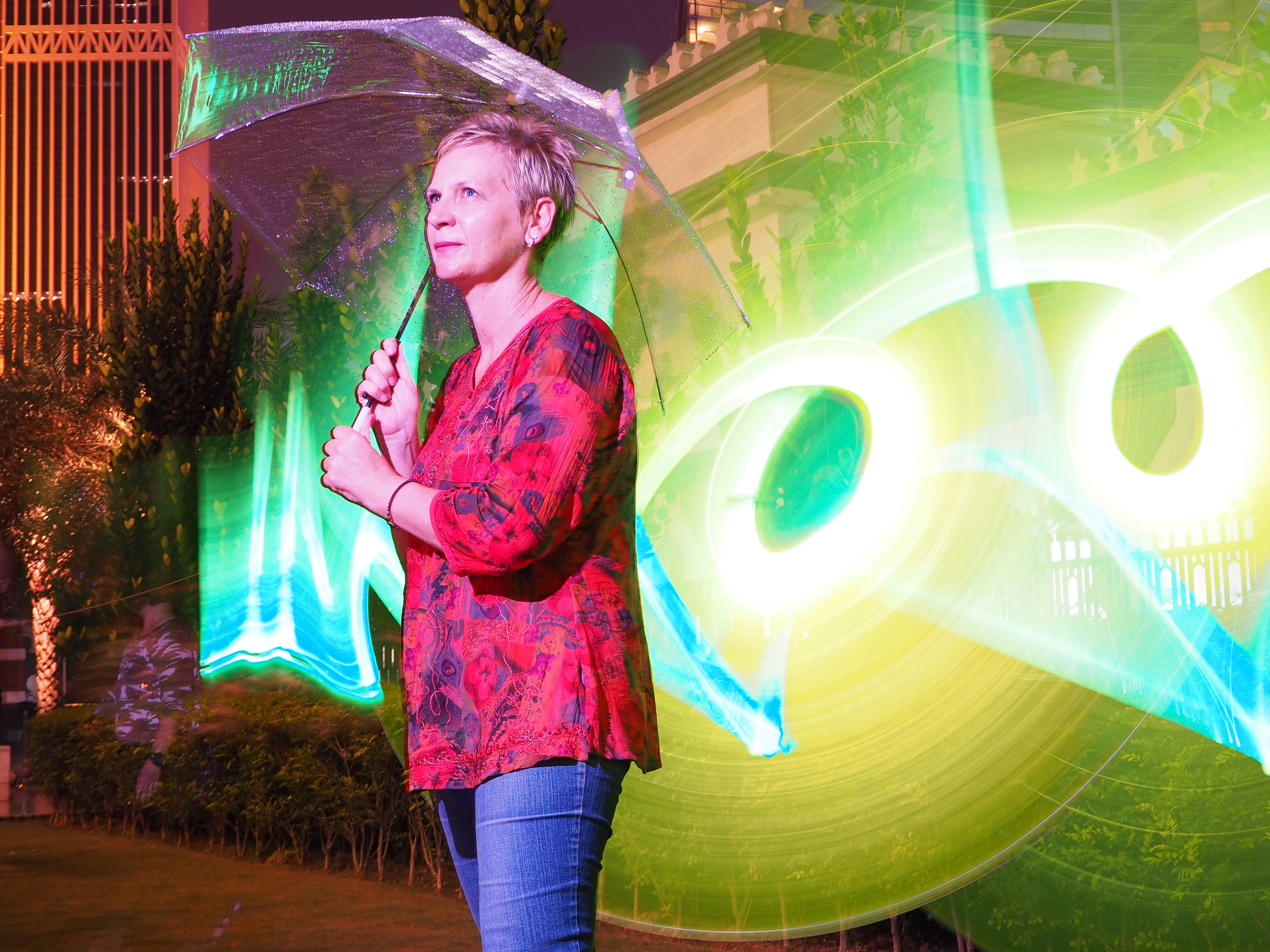
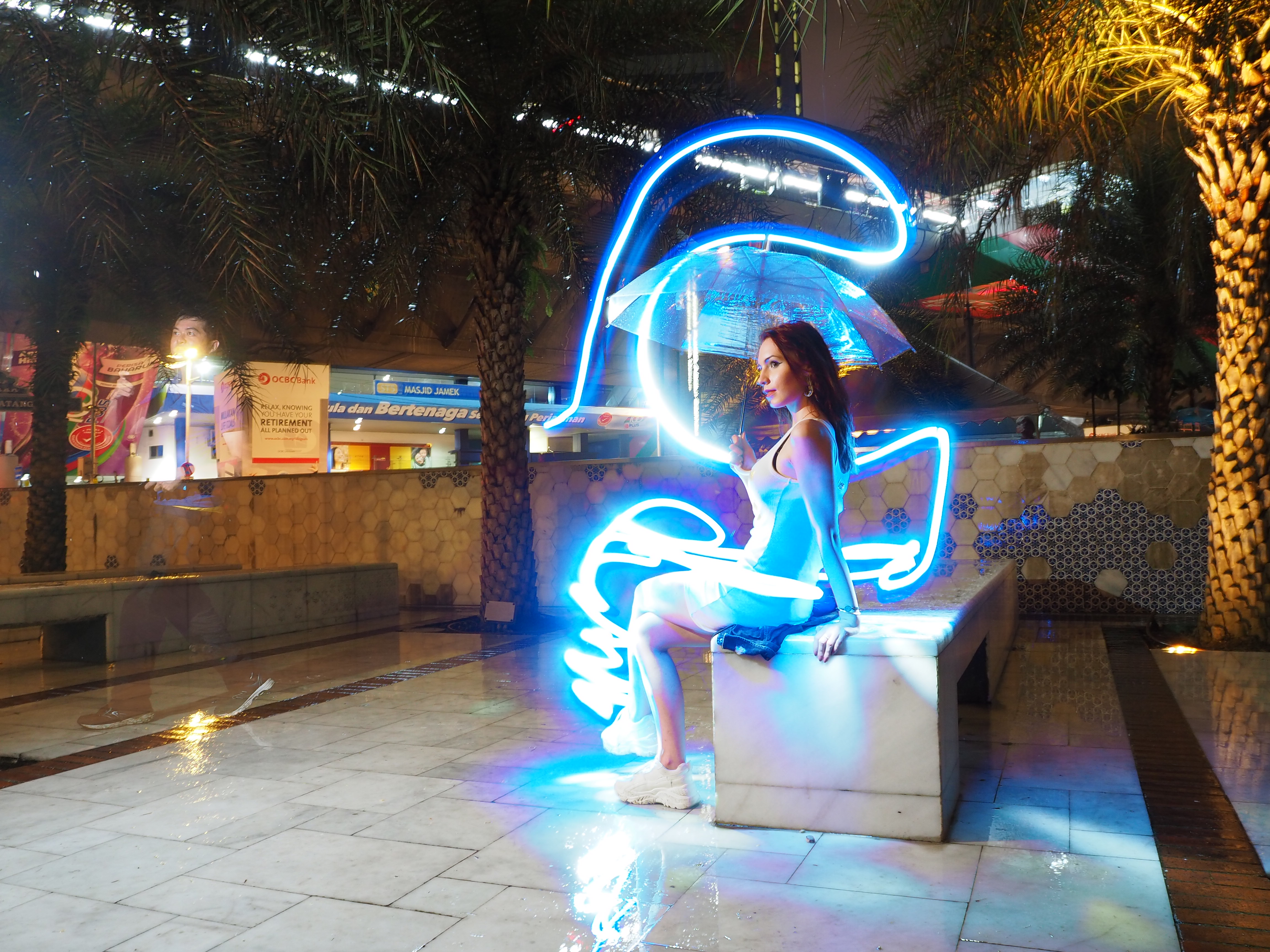
After the workshop, I decided to hit up some friends and do some light painting of our own. We grabbed some glowsticks from Daiso, hence the pink streaks and this random birthday-candle that sparks up. Using the same technique I’d learnt at the workshop, this is the result:
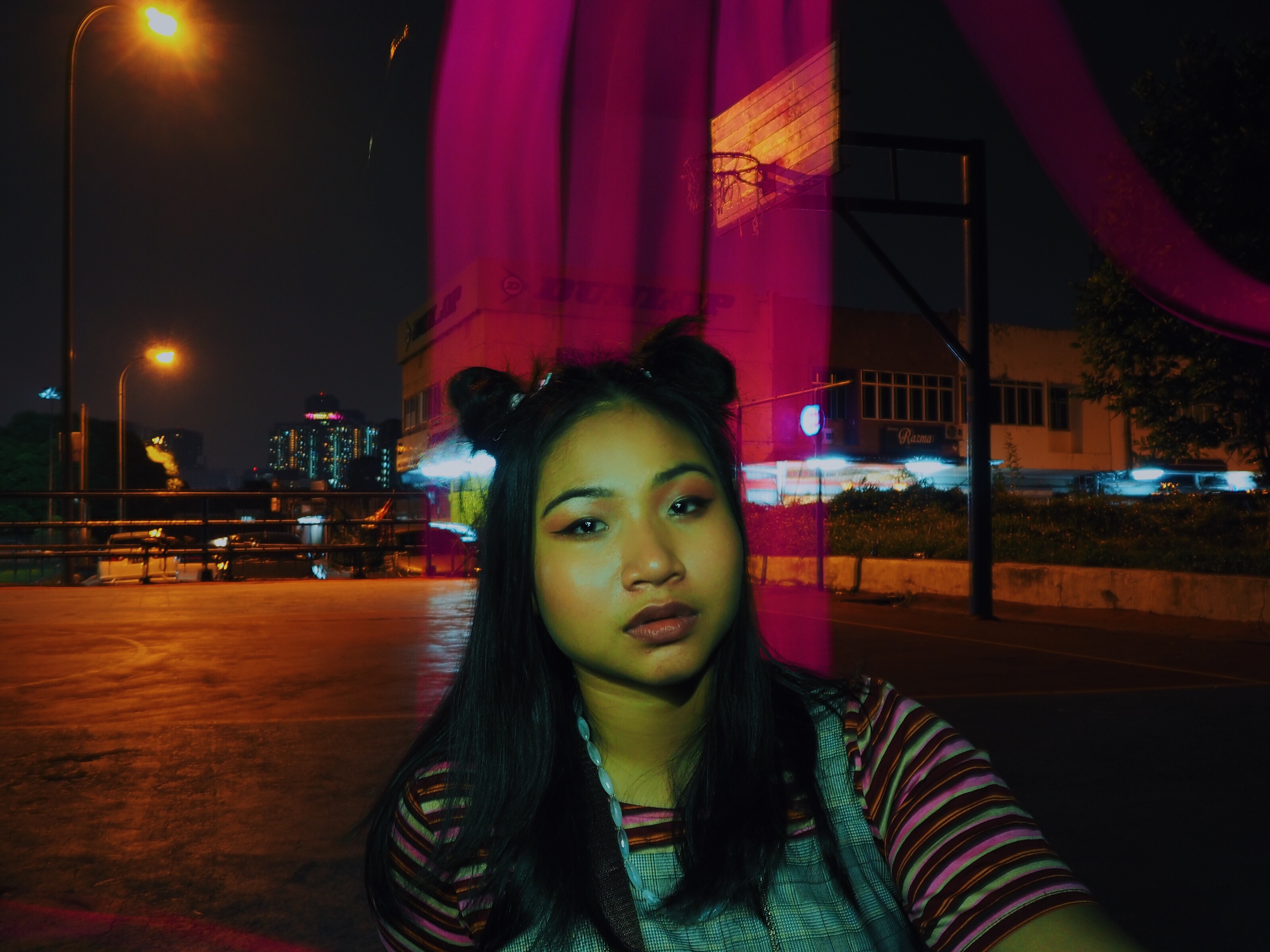
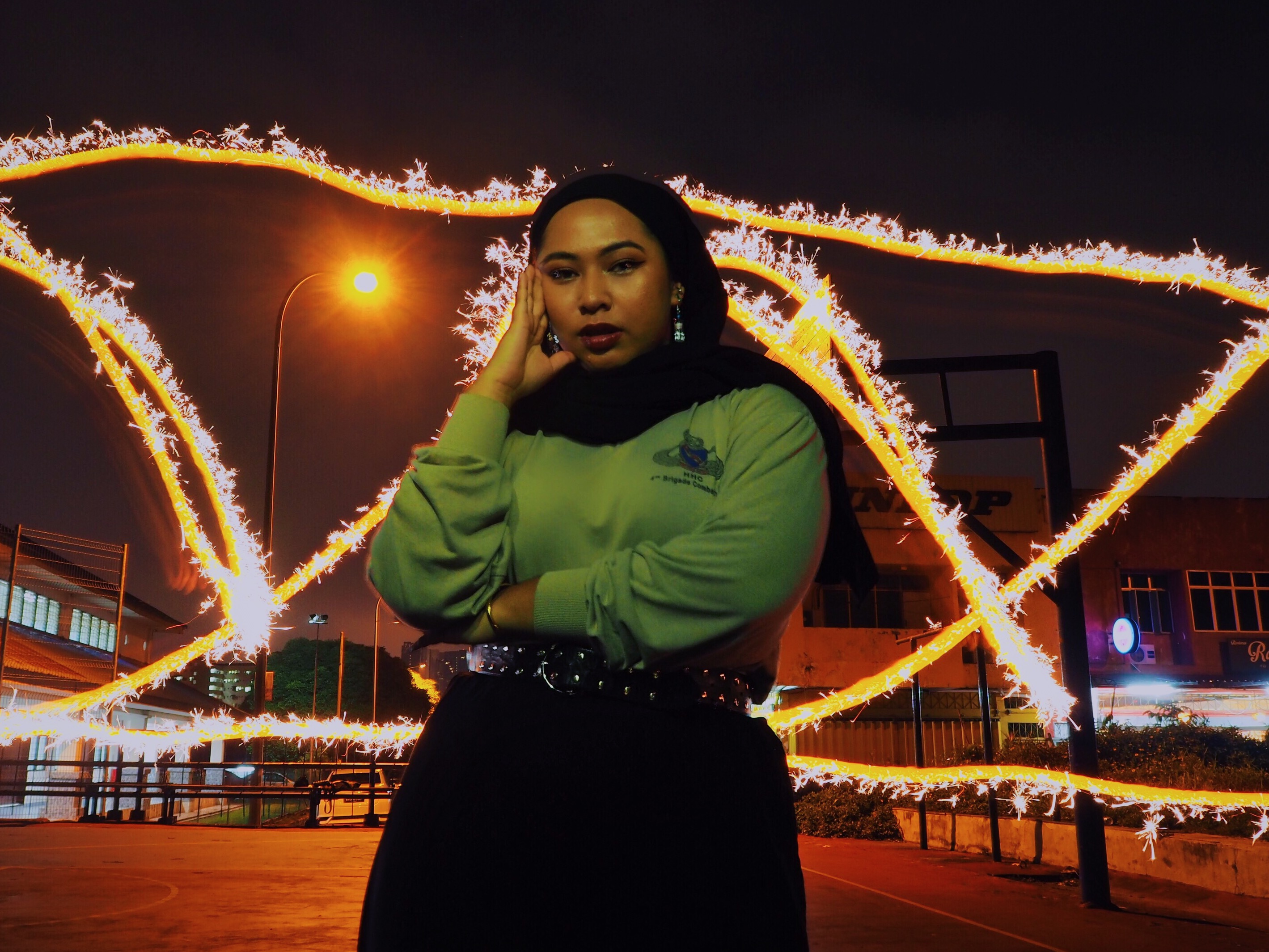
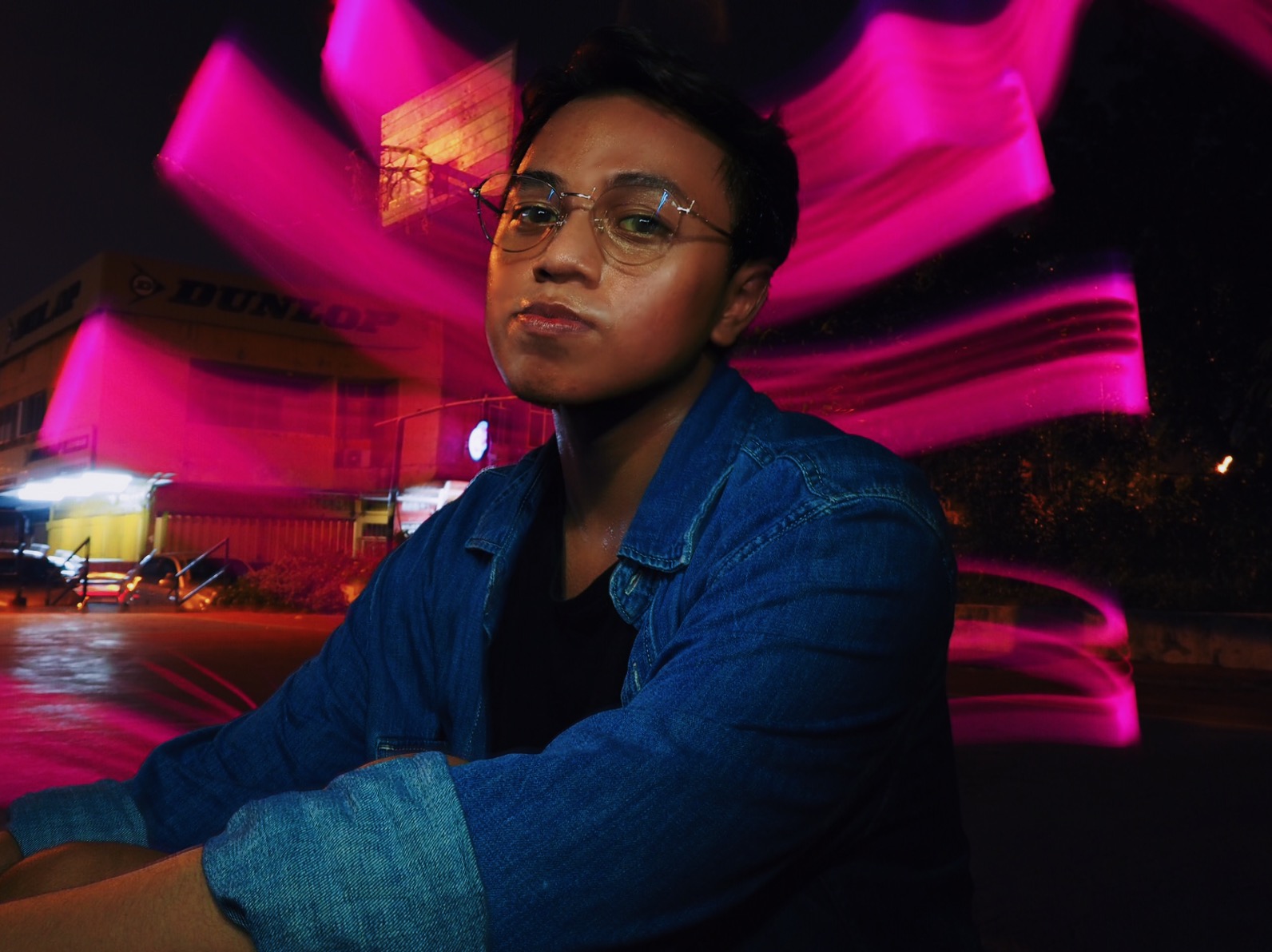
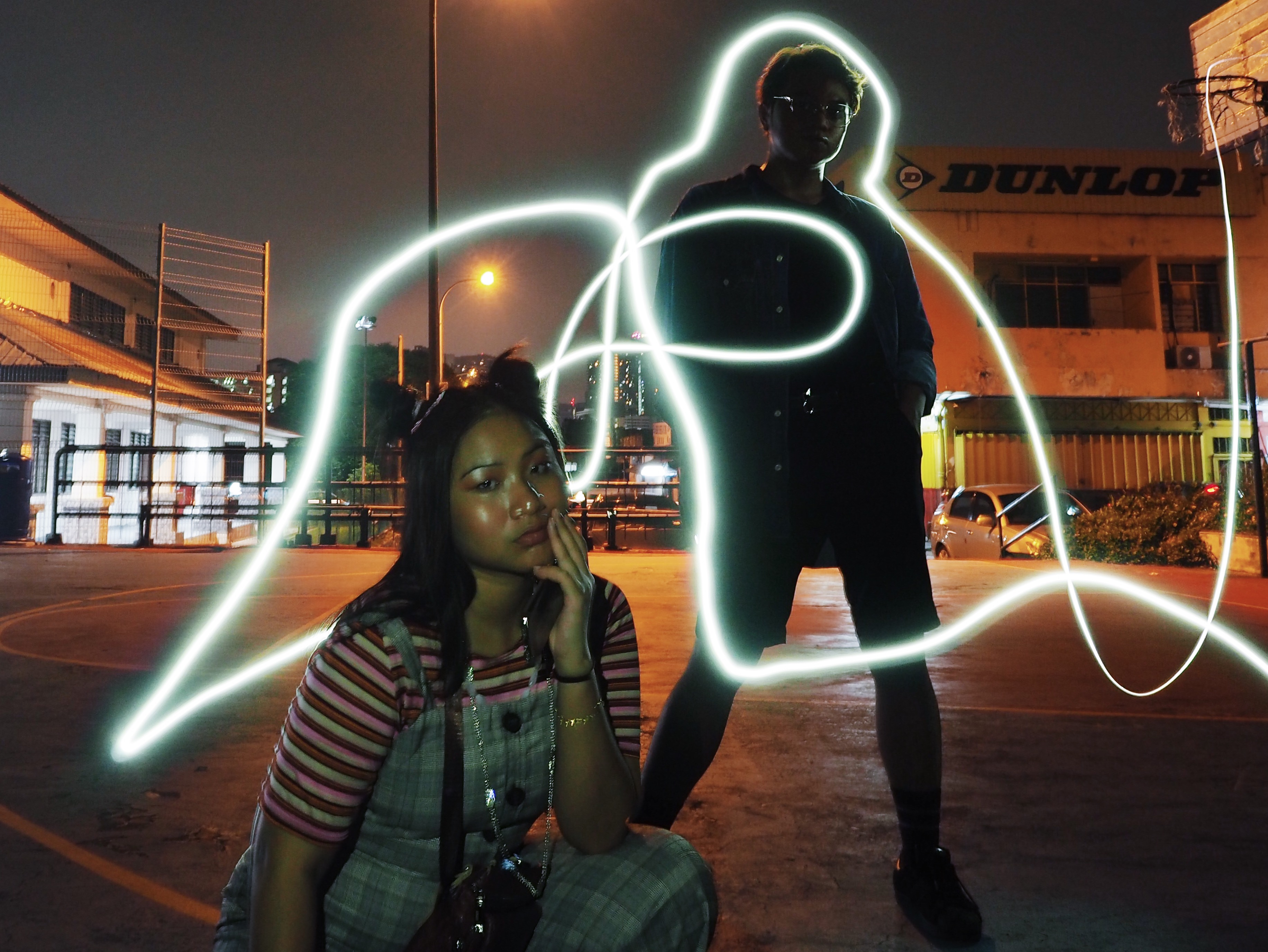
Mind you, it looks pretty good considering my history with photography and the workshop is a big factor on why this photography session wasn’t an epic fail! The workshop is part of a lineup variety of events organised by Olympus for people to enjoy photography and meet other enthusiasts. Other activities include insect macro, street and night photography, as well as basic flash photography and beginners’ workshop.
You can also learn about the camera’s features without being too overwhelmed with technical details. Creative photography can be challenging for beginners, but Olympus proved me wrong with this practical and highly interactive workshop!
So whether you’re just starting to get into photography or already an expert honing your own style, just know that Olympus got your back.
Sign up now if you’re interested about the workshop! Simply, click here.
Follow Olympus Malaysia on Facebook for updates, by clicking here.
Special thanks to Olympus participant Khong Wai Cheong for the first picture. Follow his Facebook and Instagram here.
Thank you to the instructor for the Olympus event – KS Du. Follow him on Facebook and Instagram too!


 Get Audio+
Get Audio+ Hot FM
Hot FM Kool 101
Kool 101 Eight FM
Eight FM Fly FM
Fly FM Molek FM
Molek FM